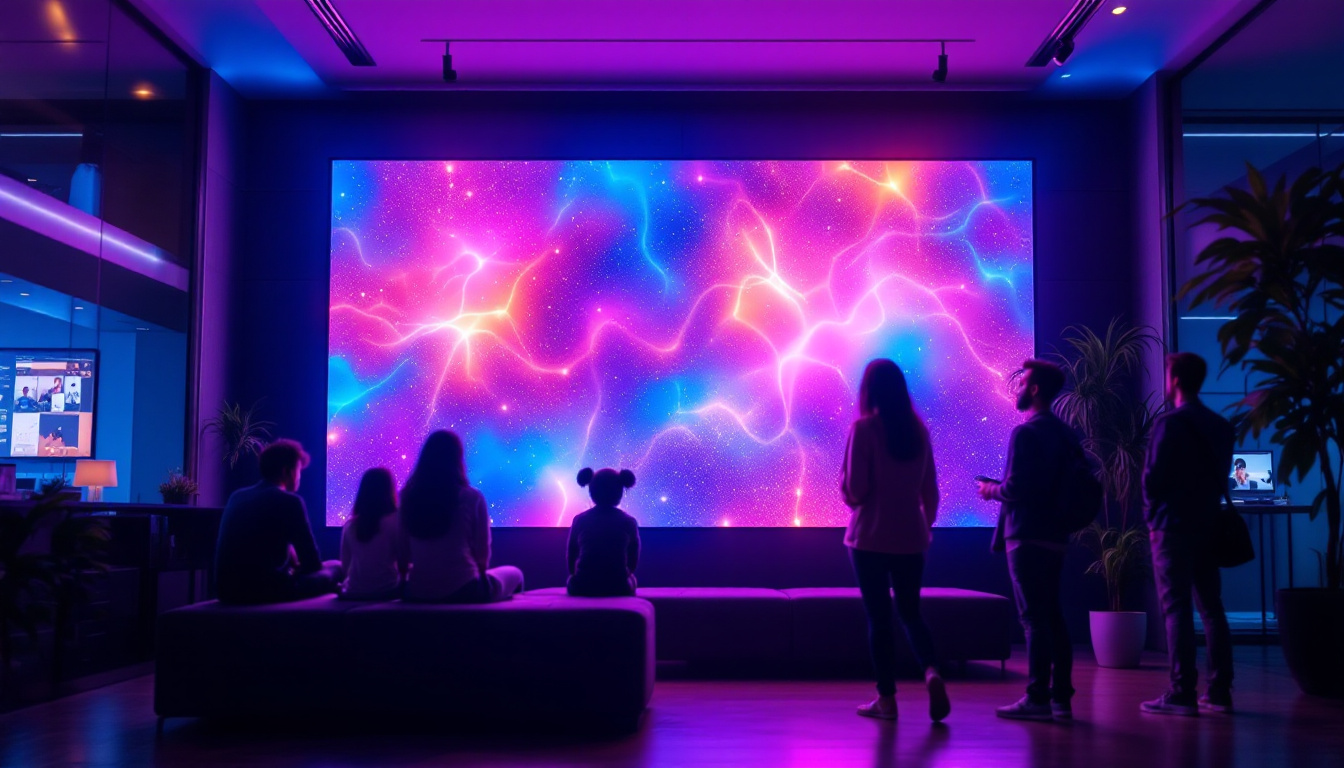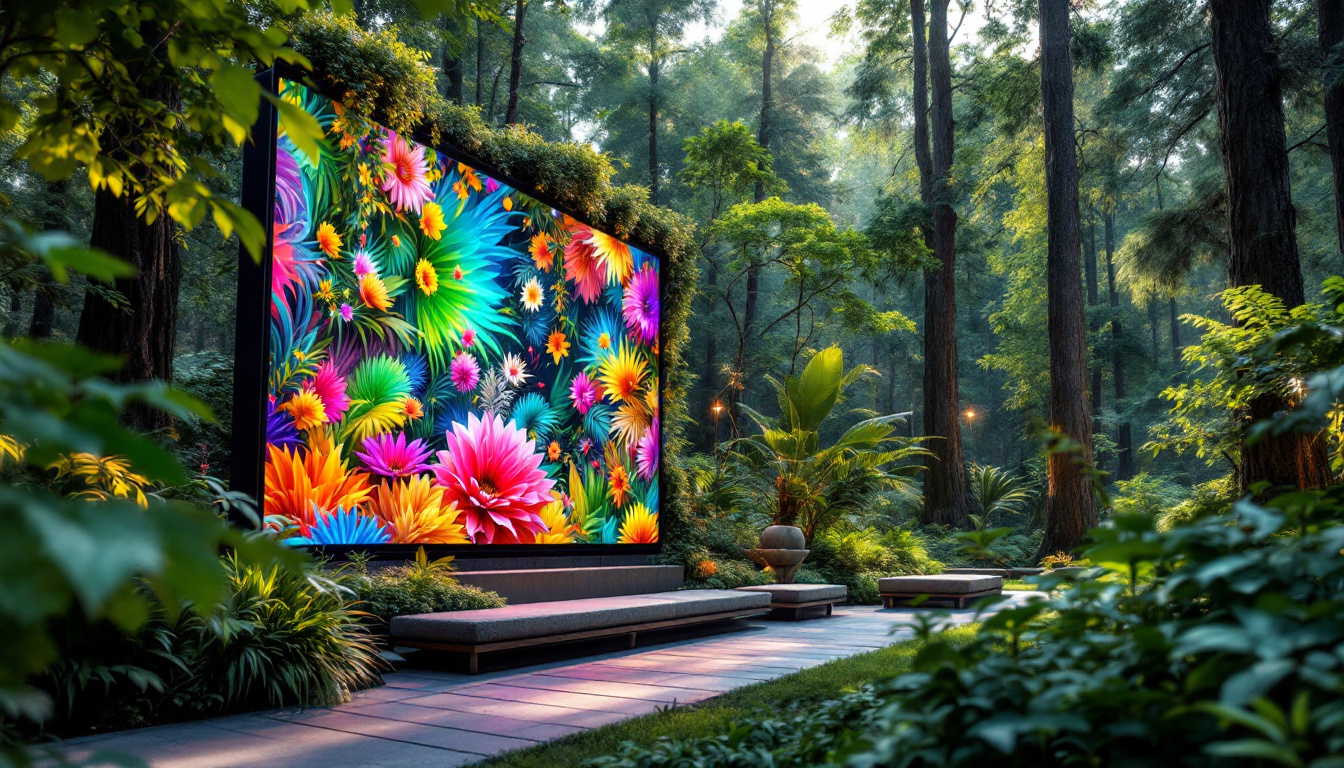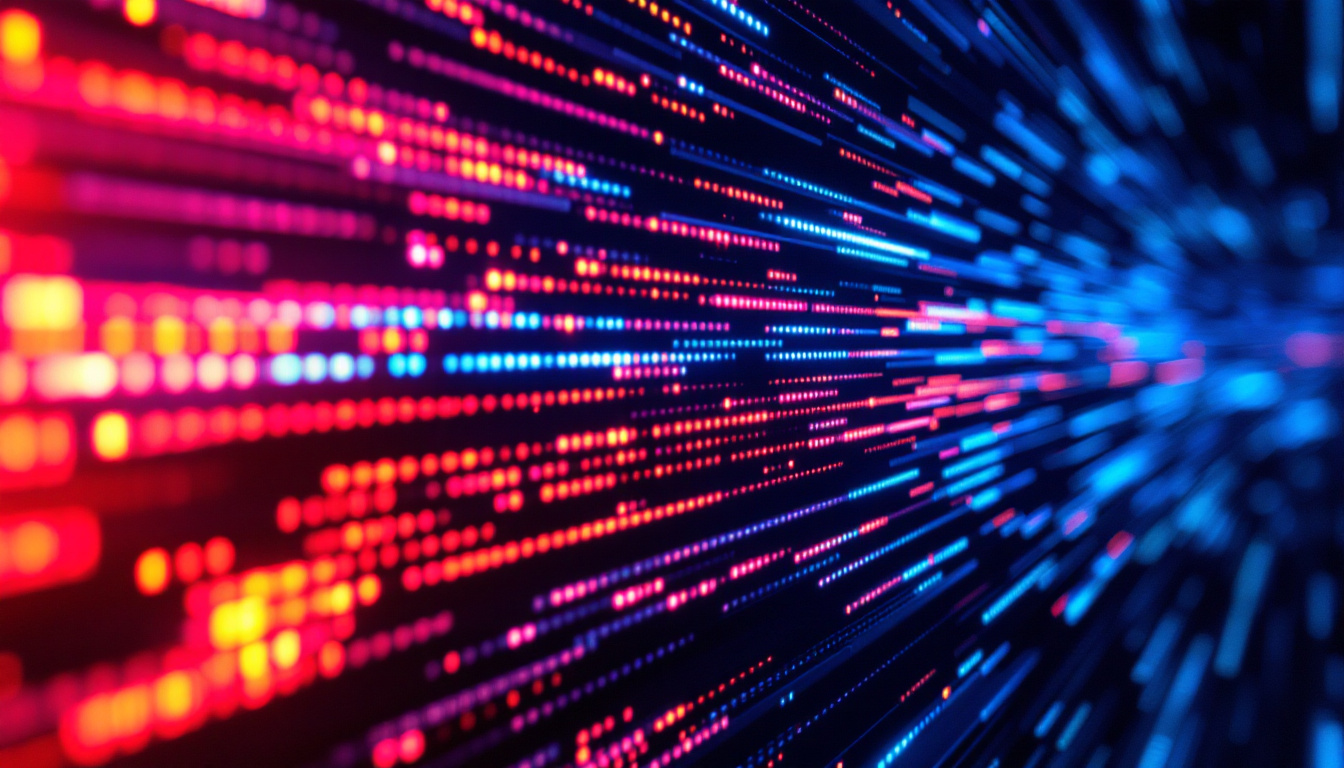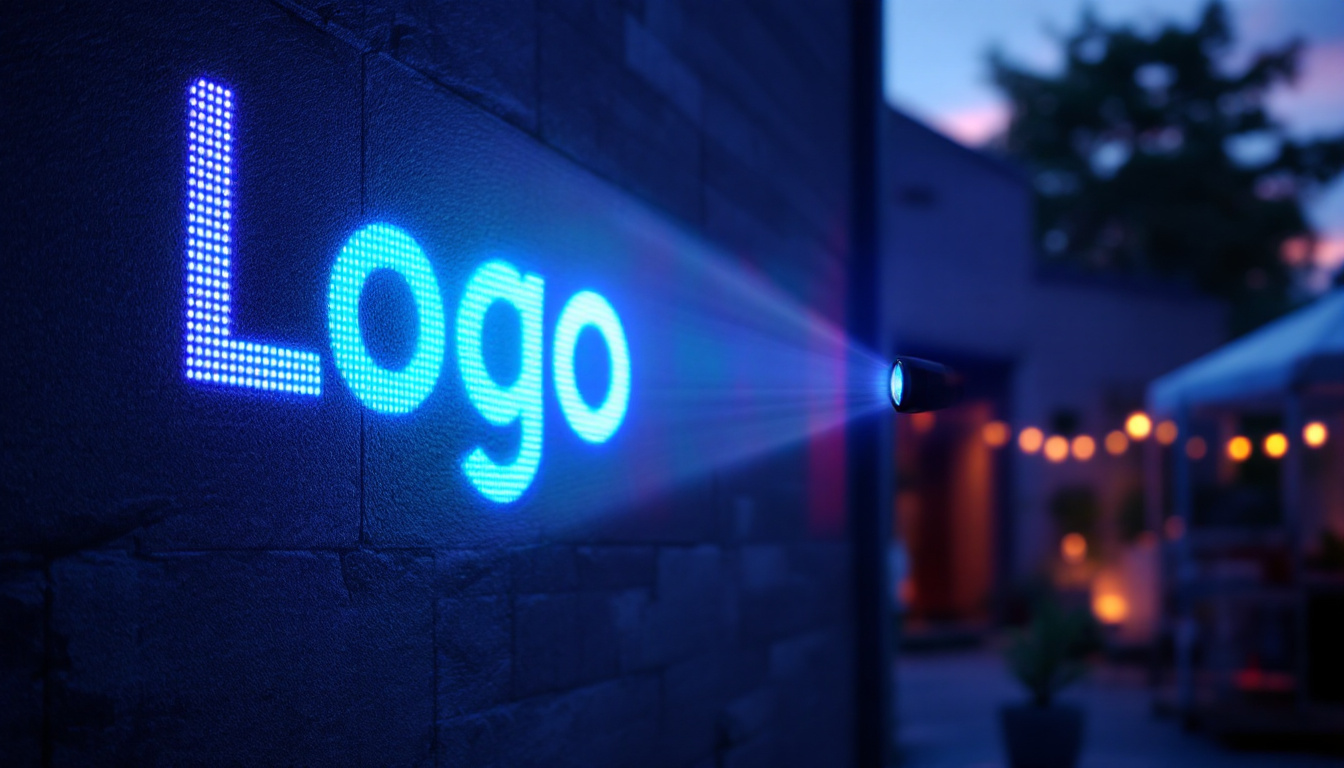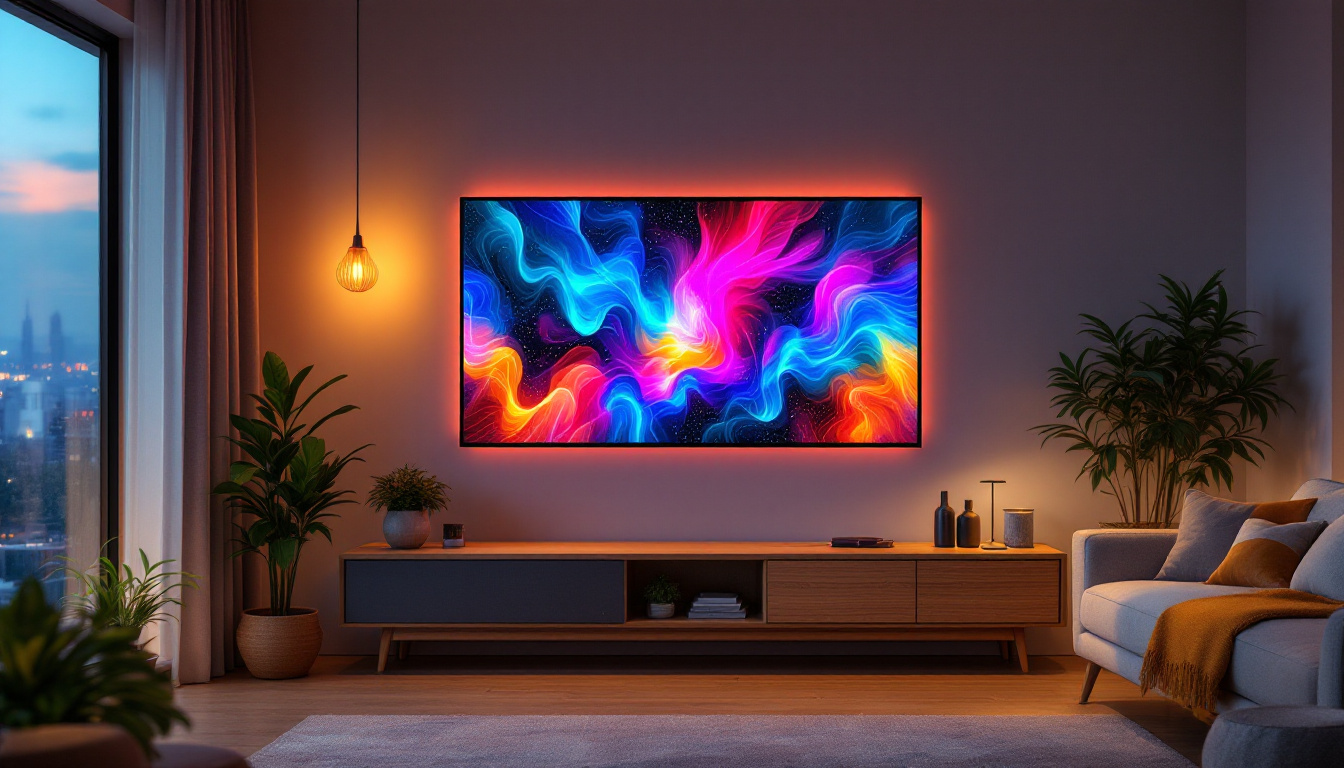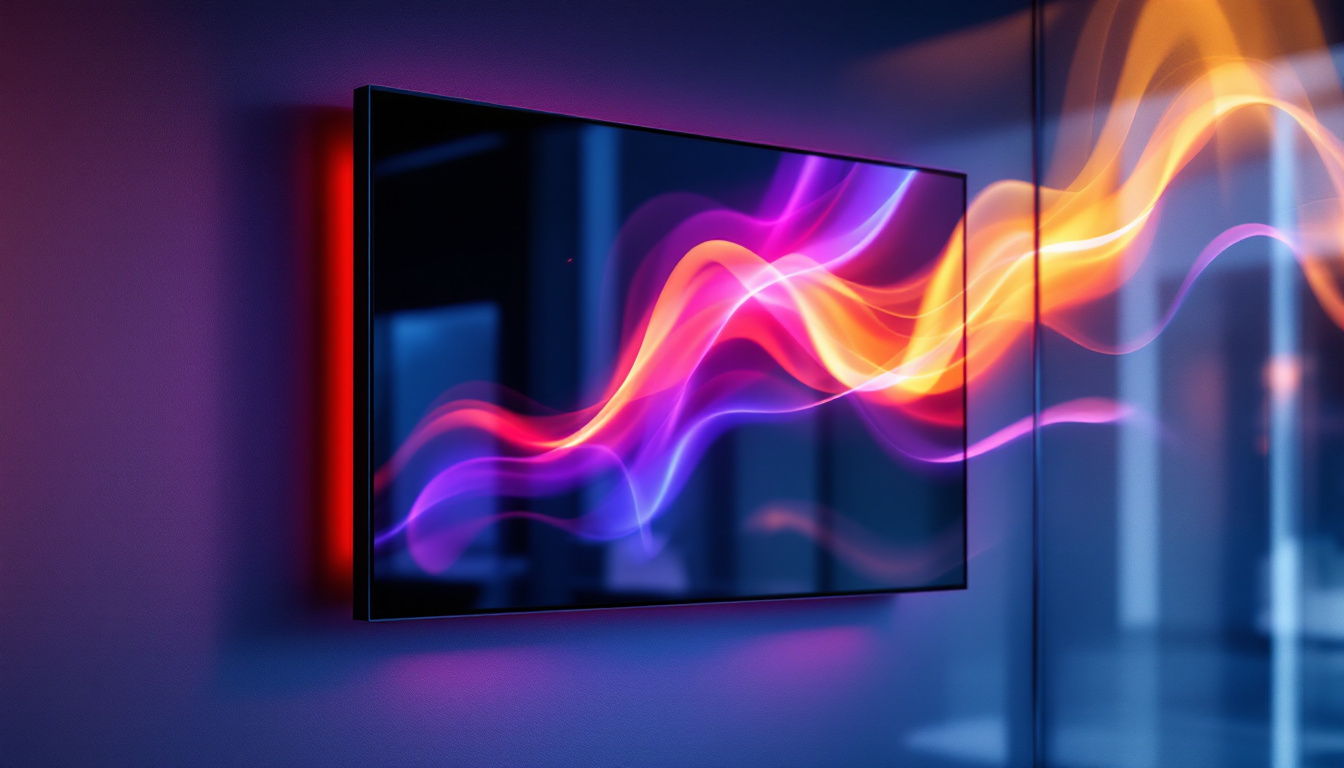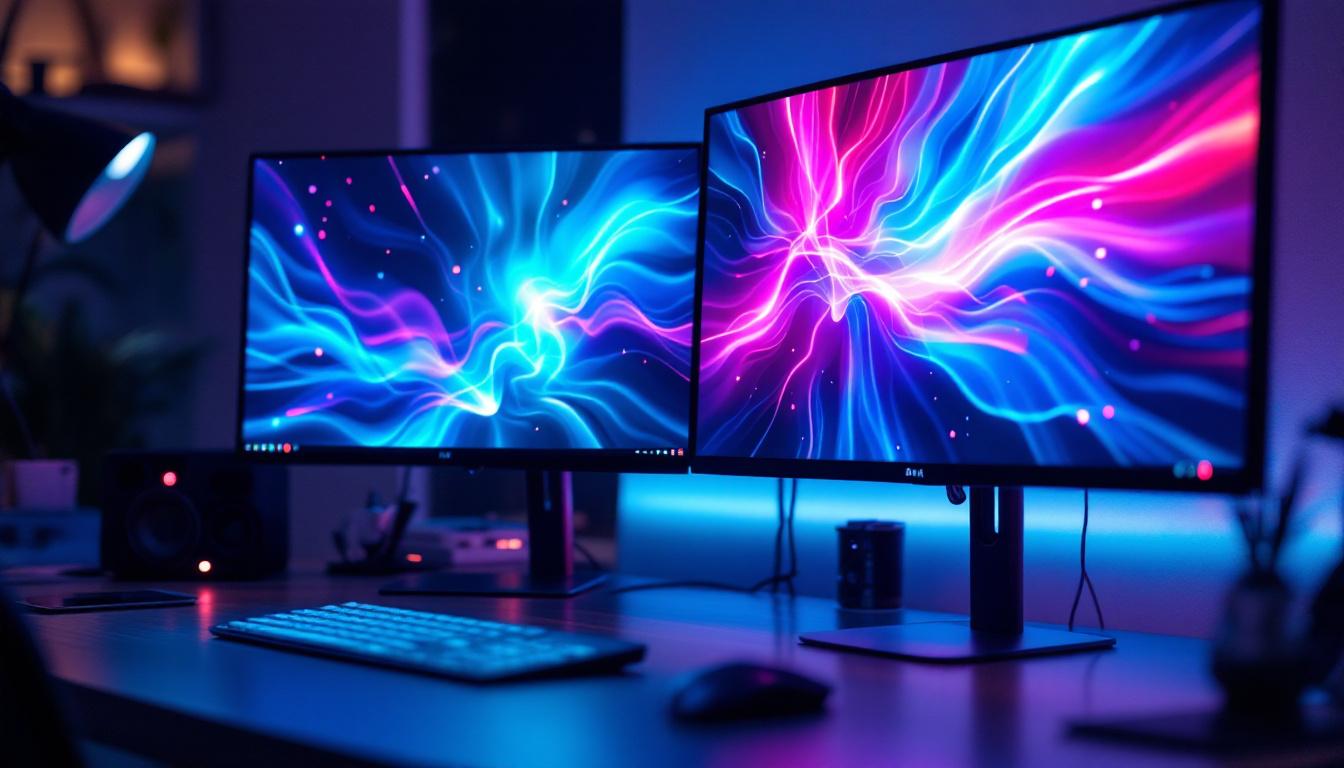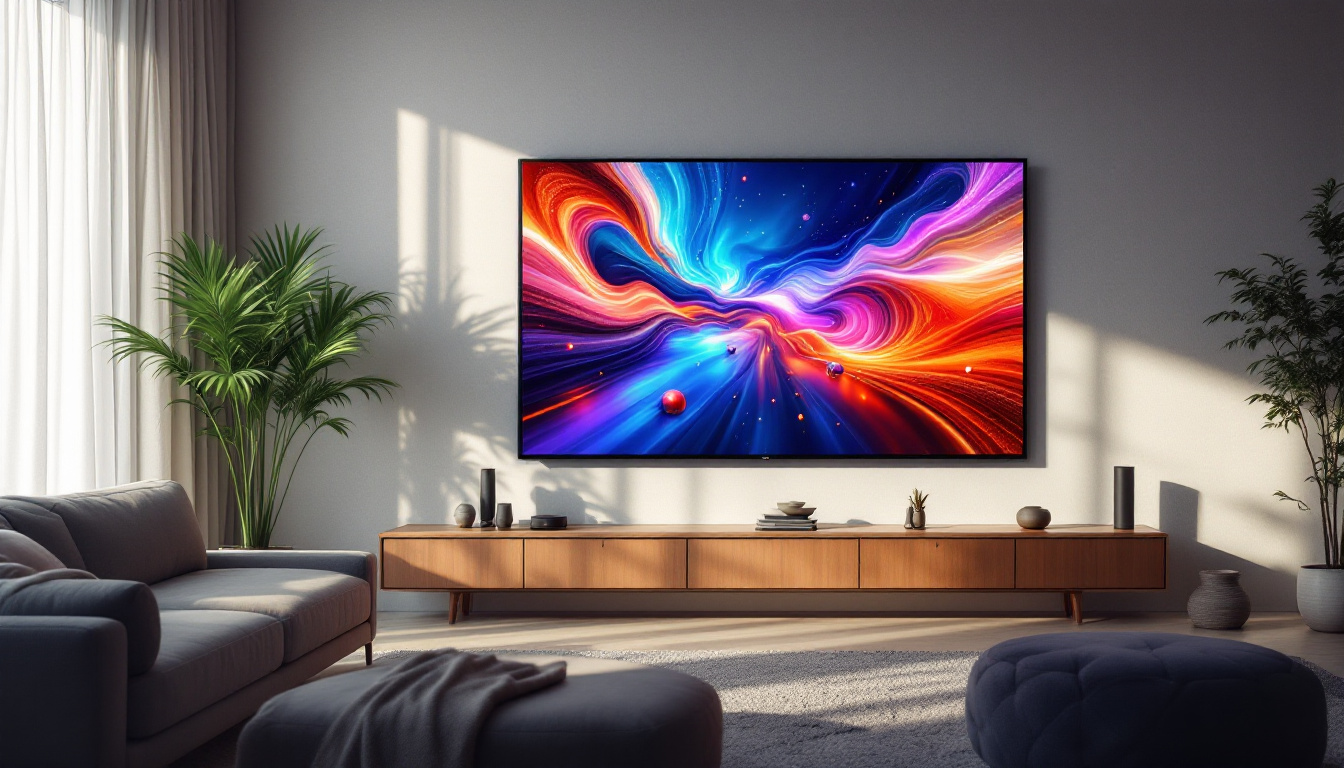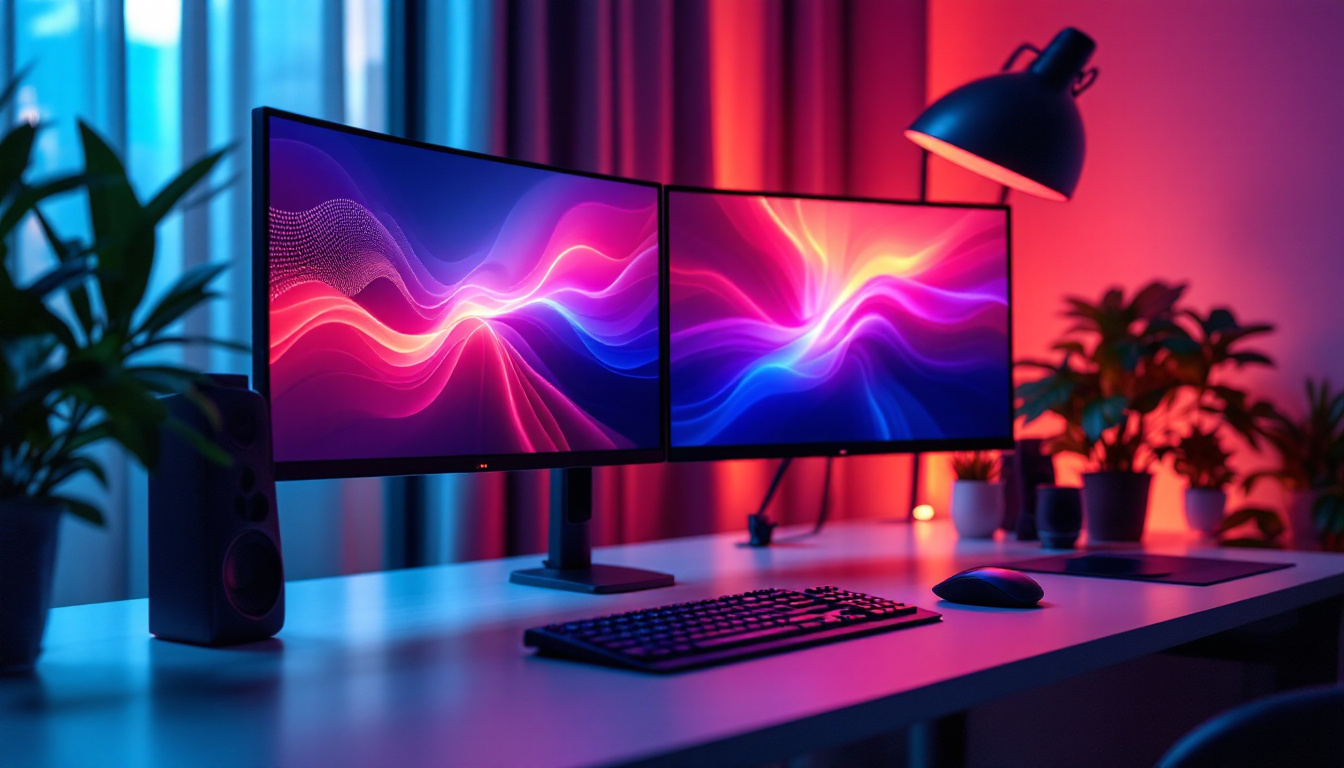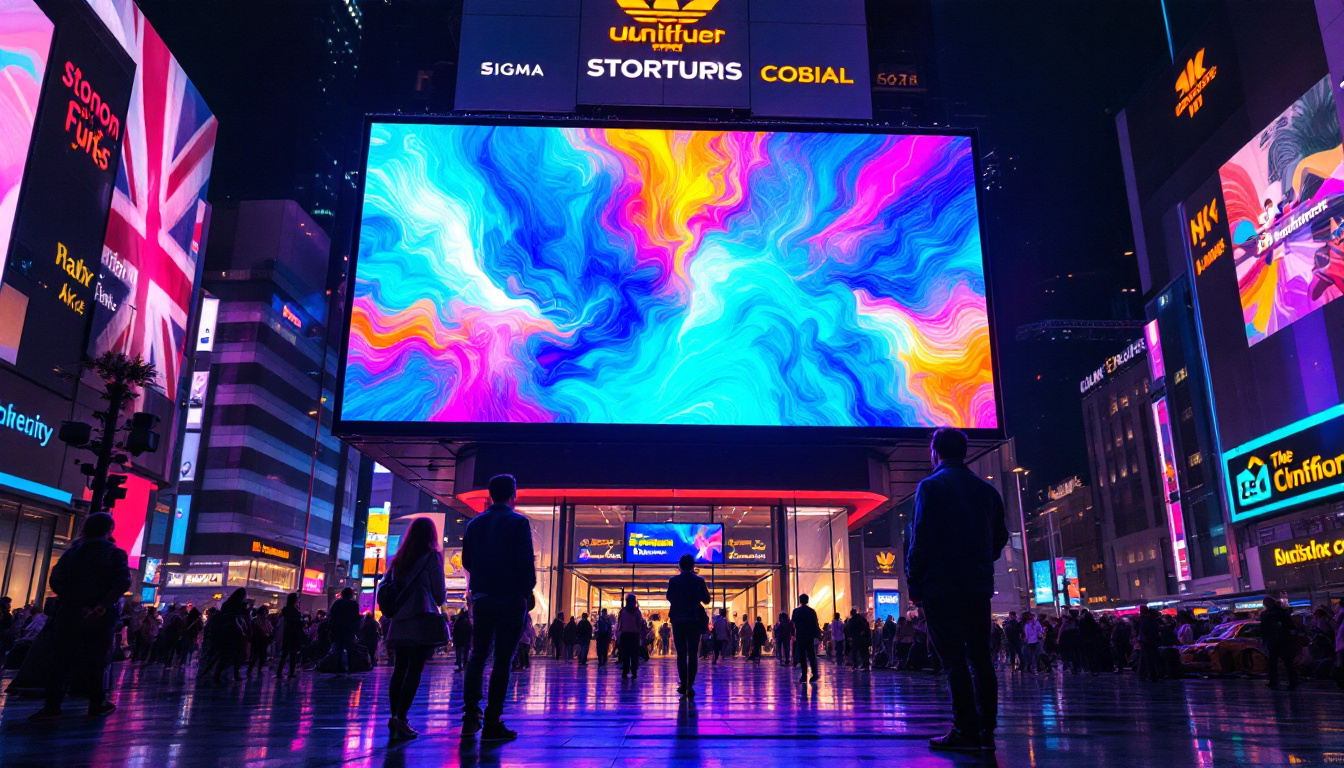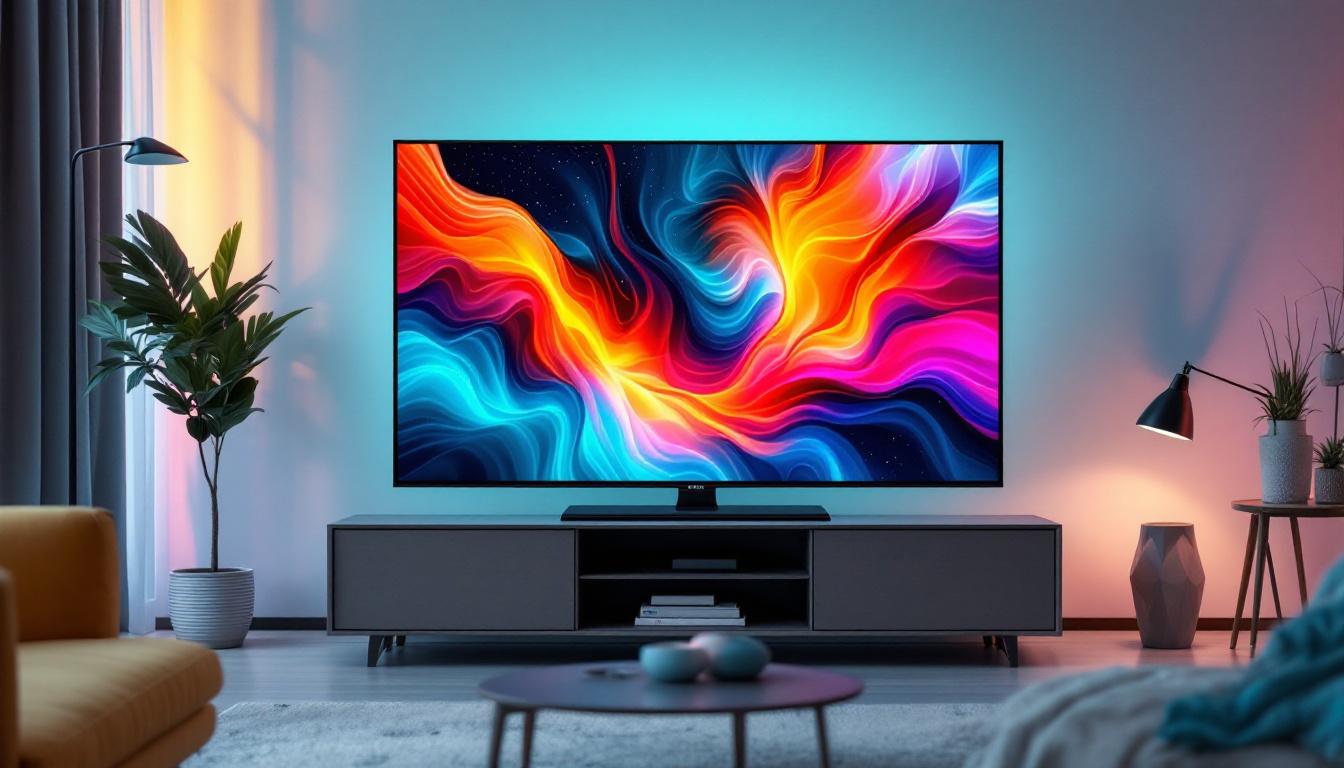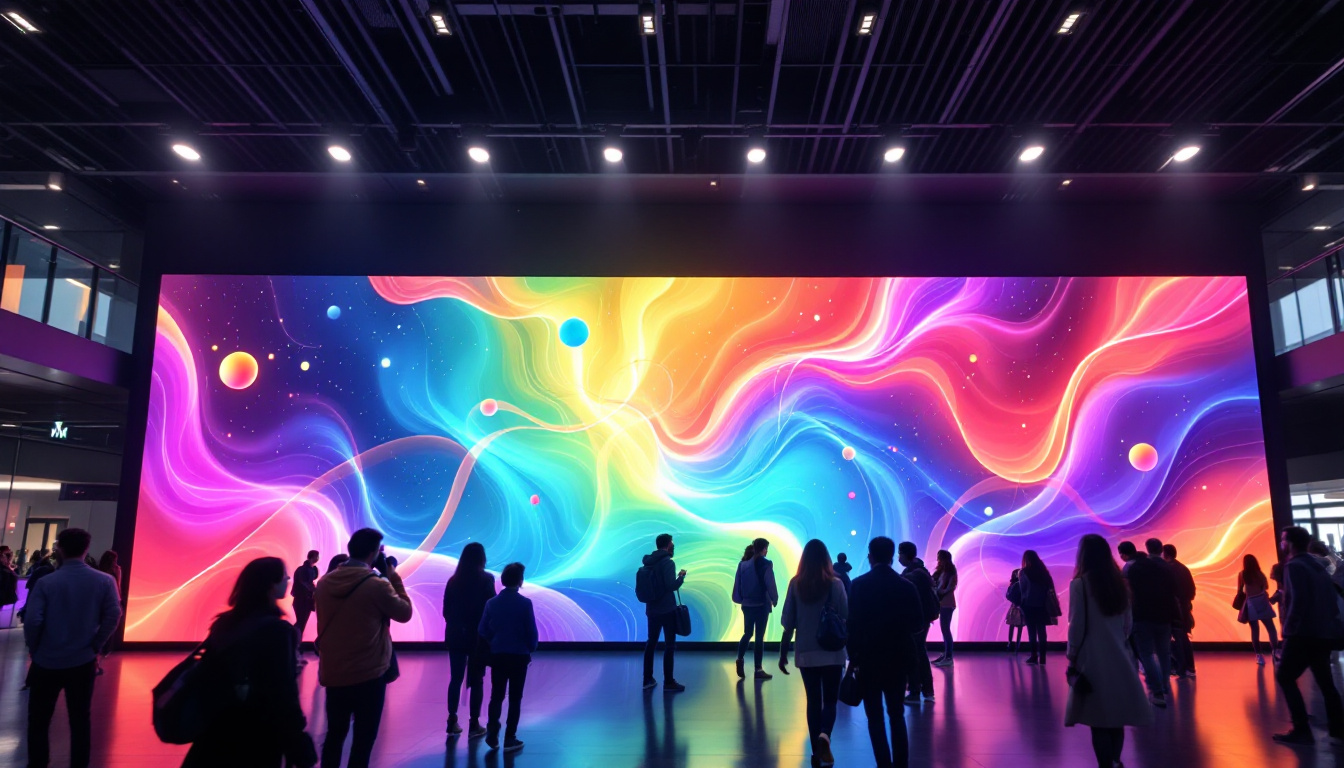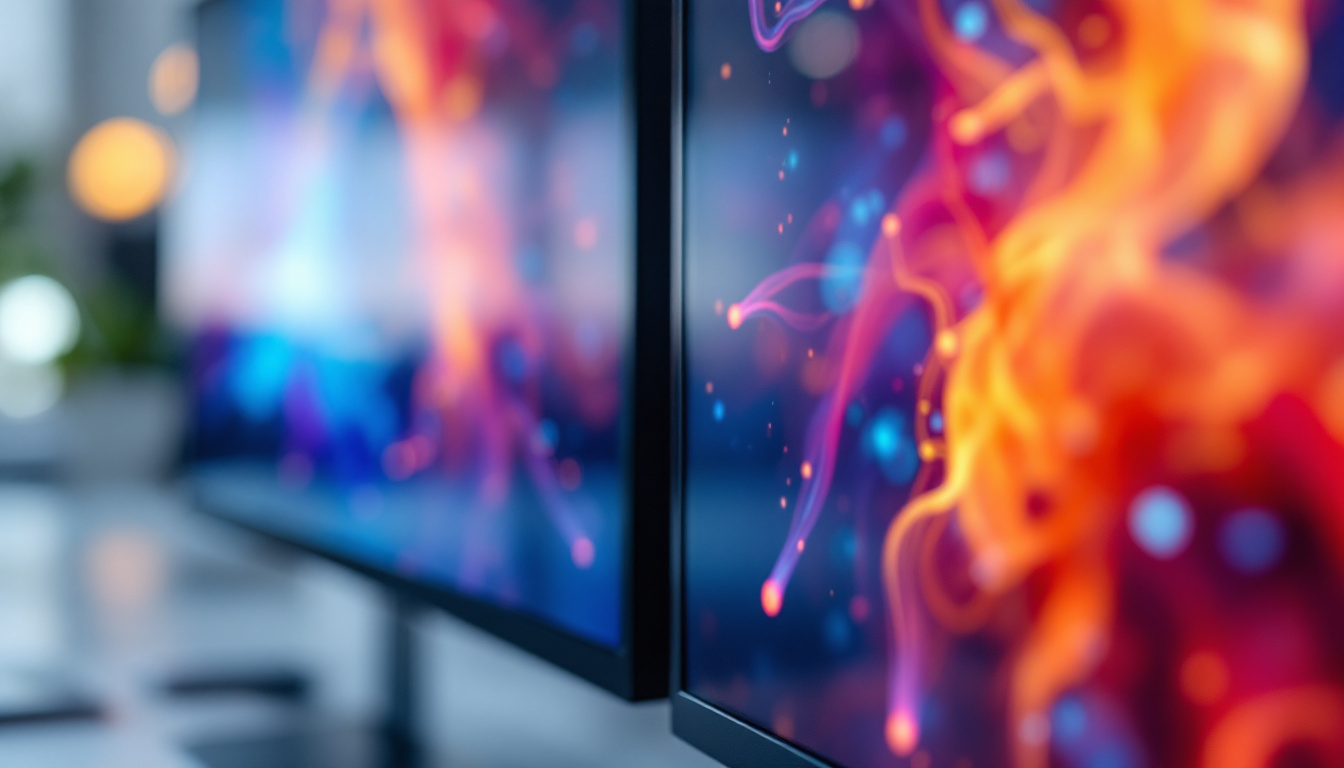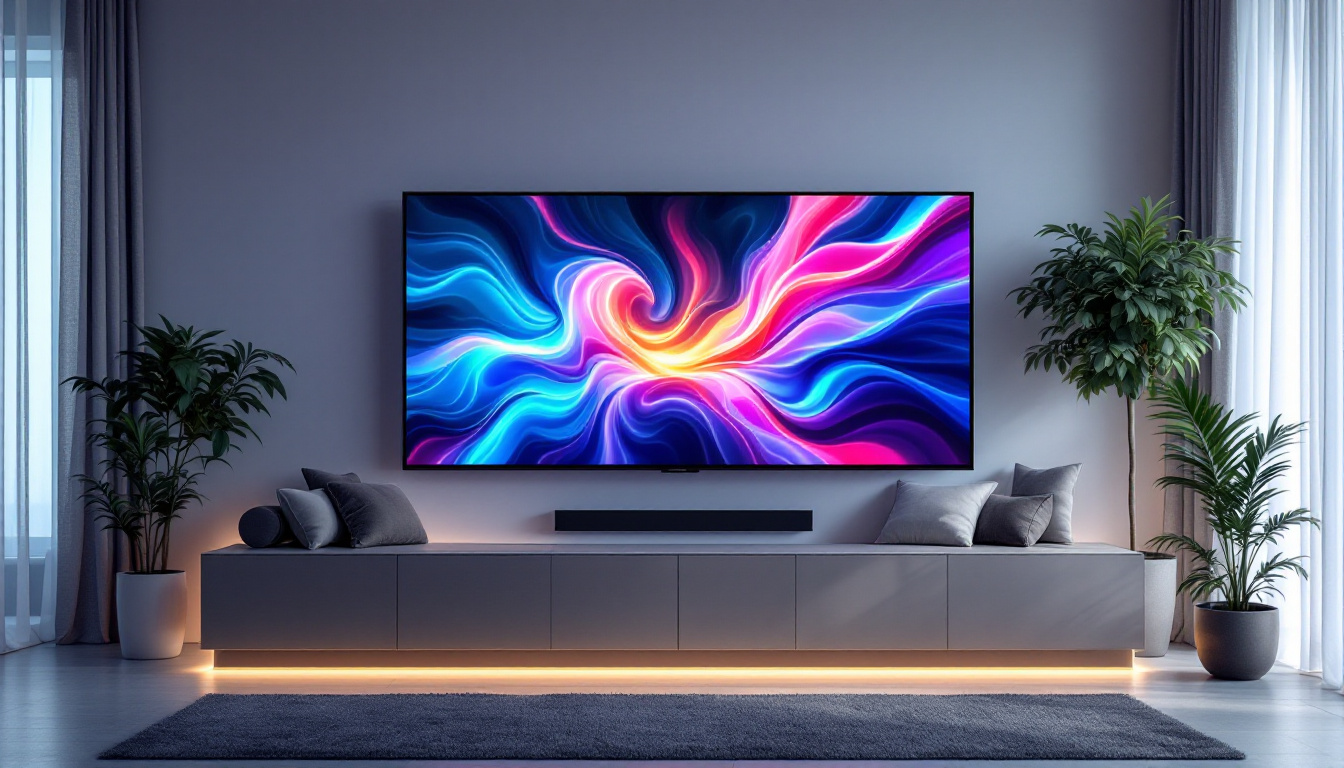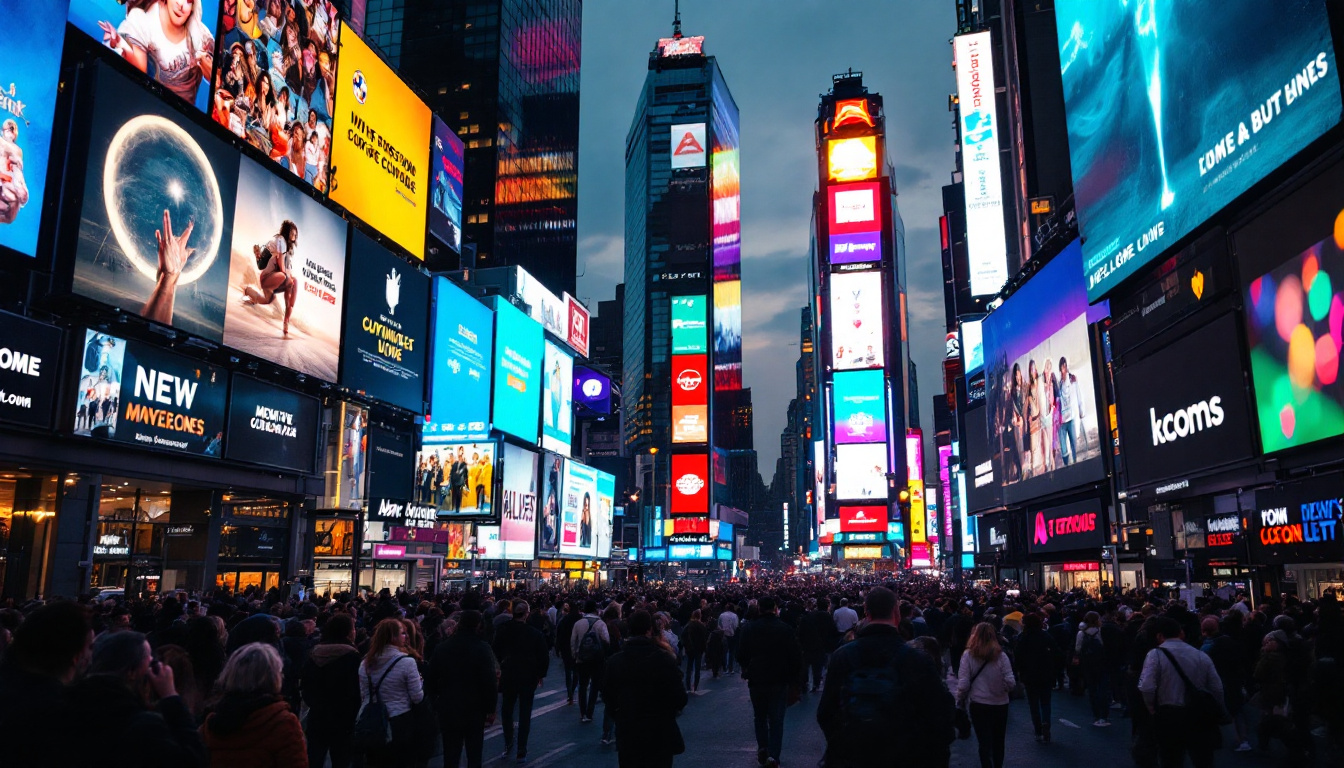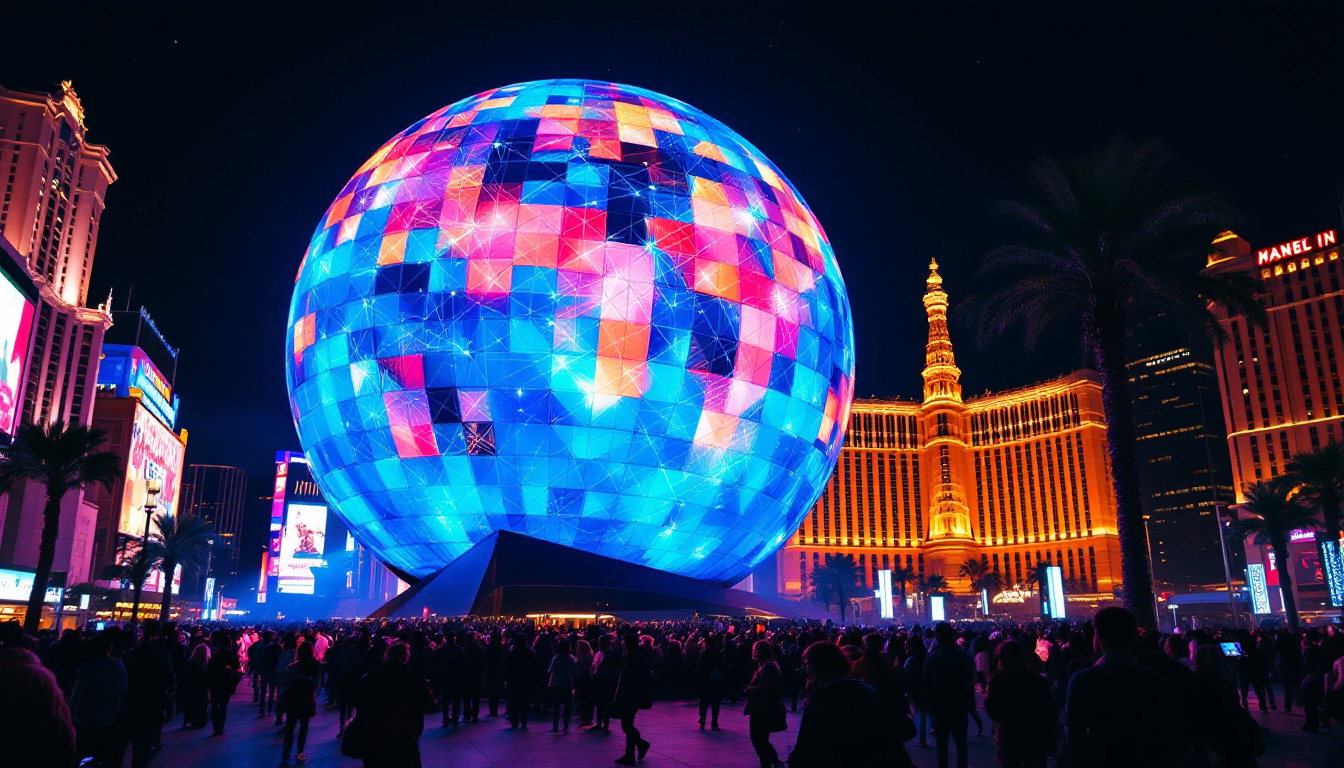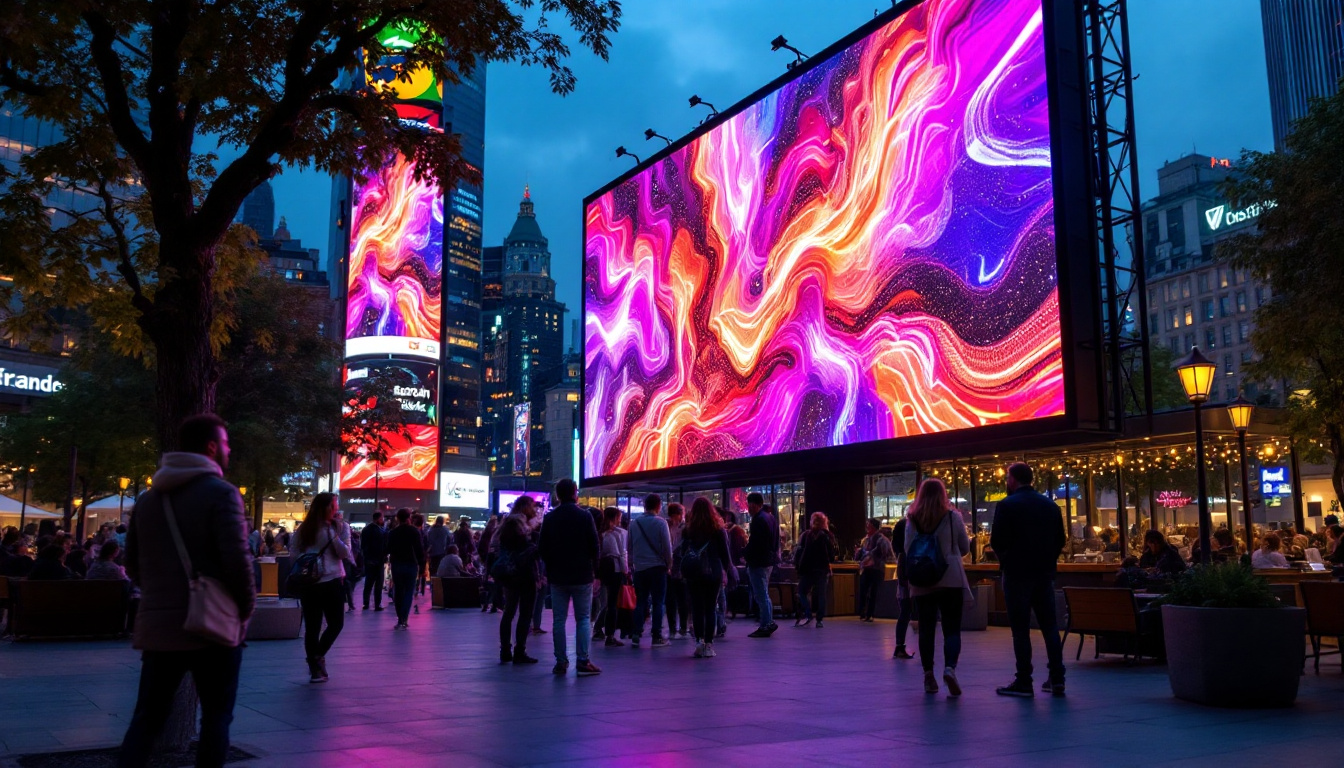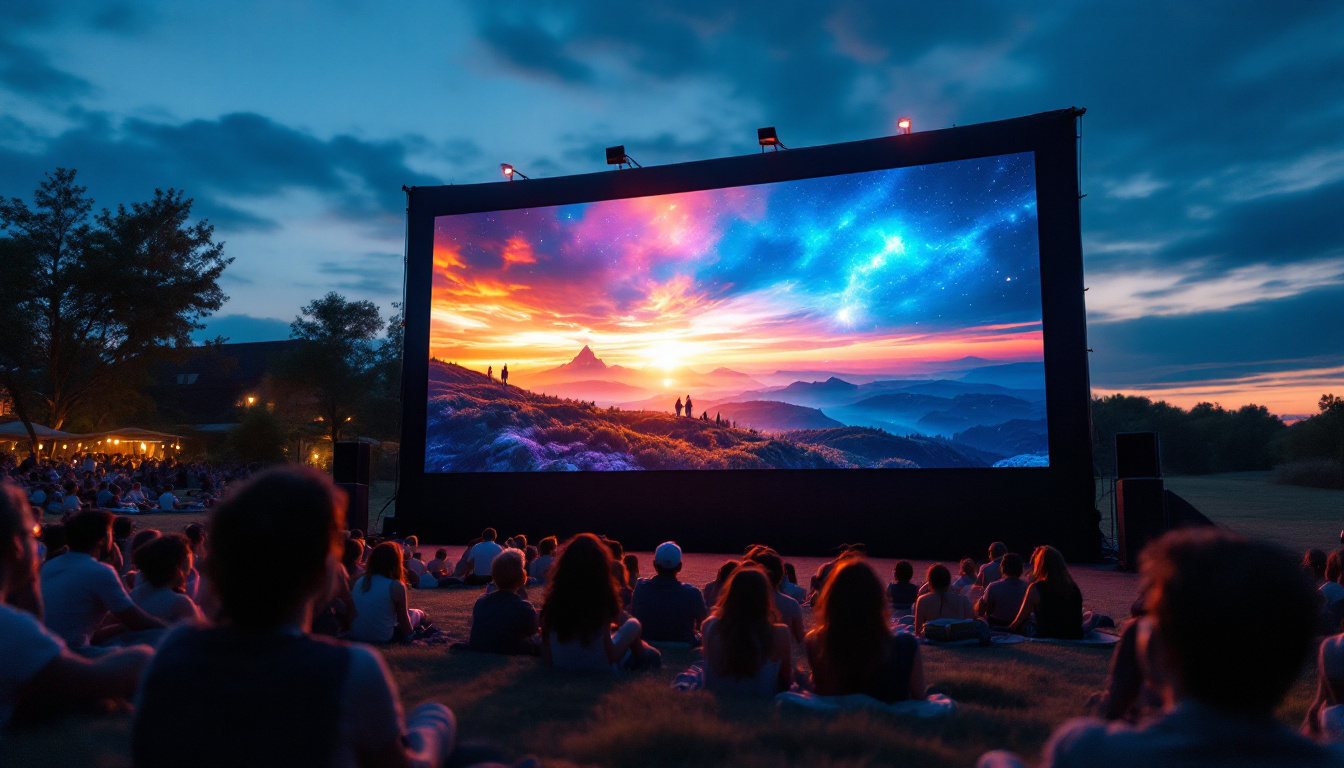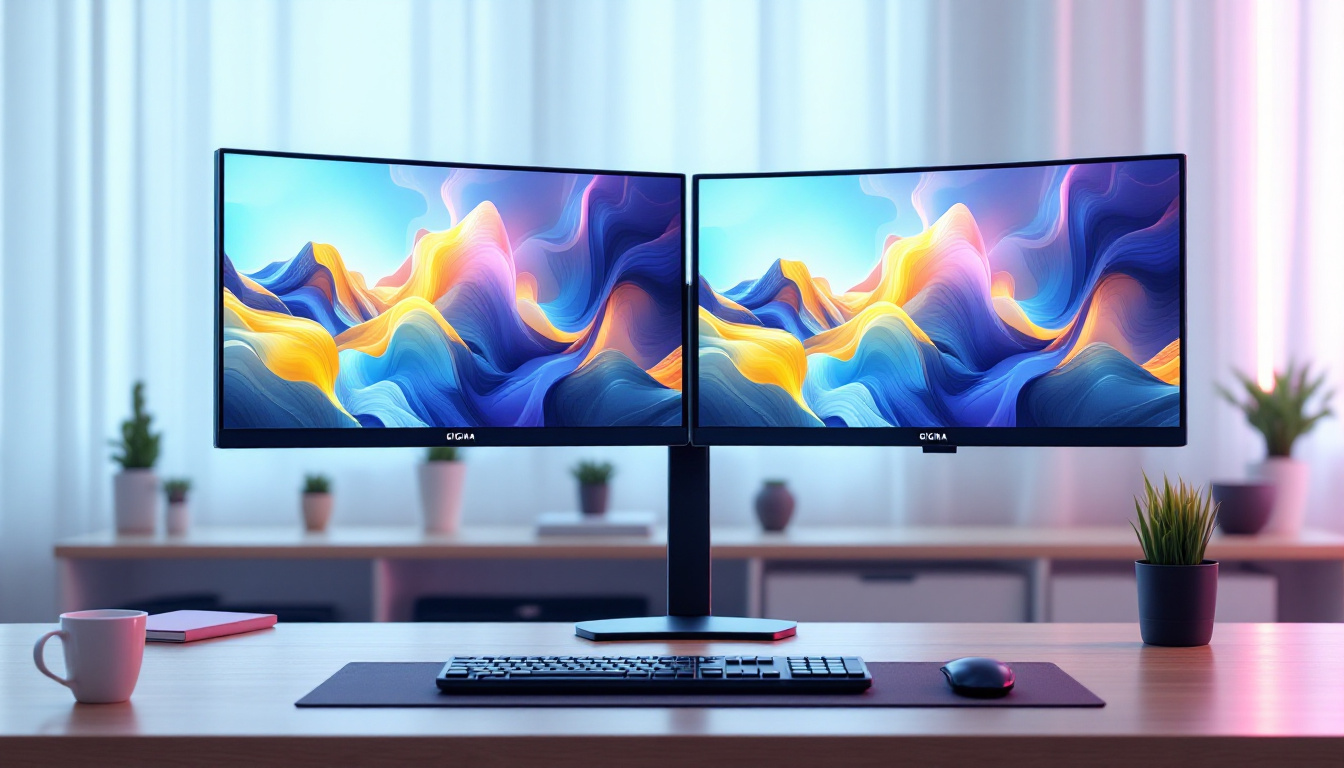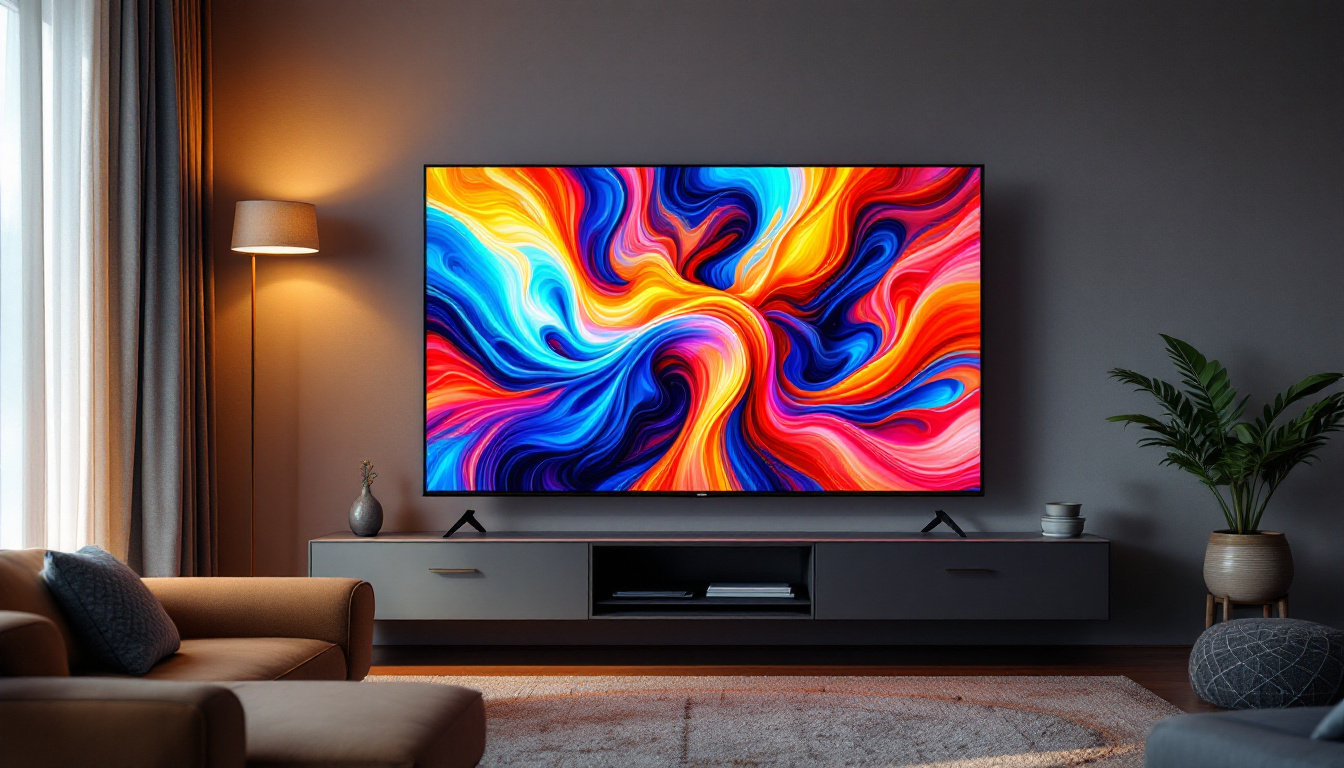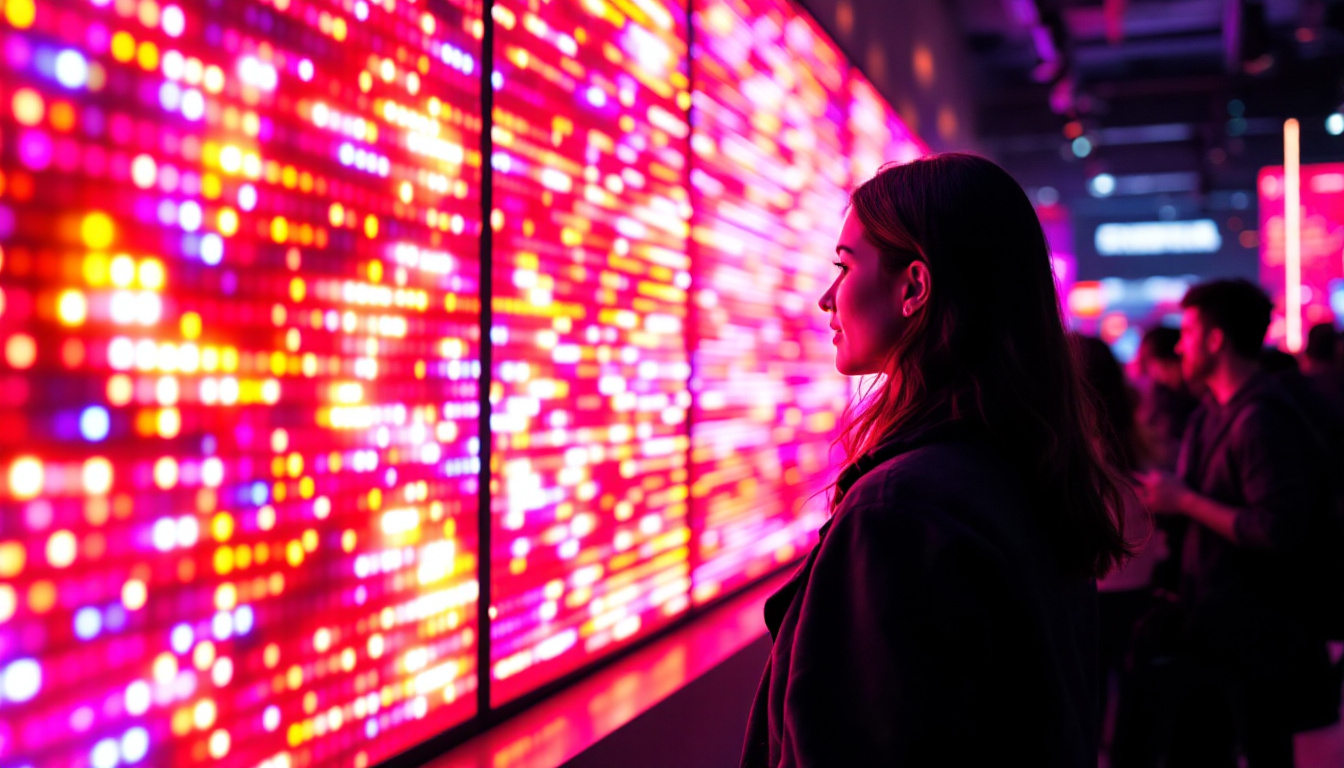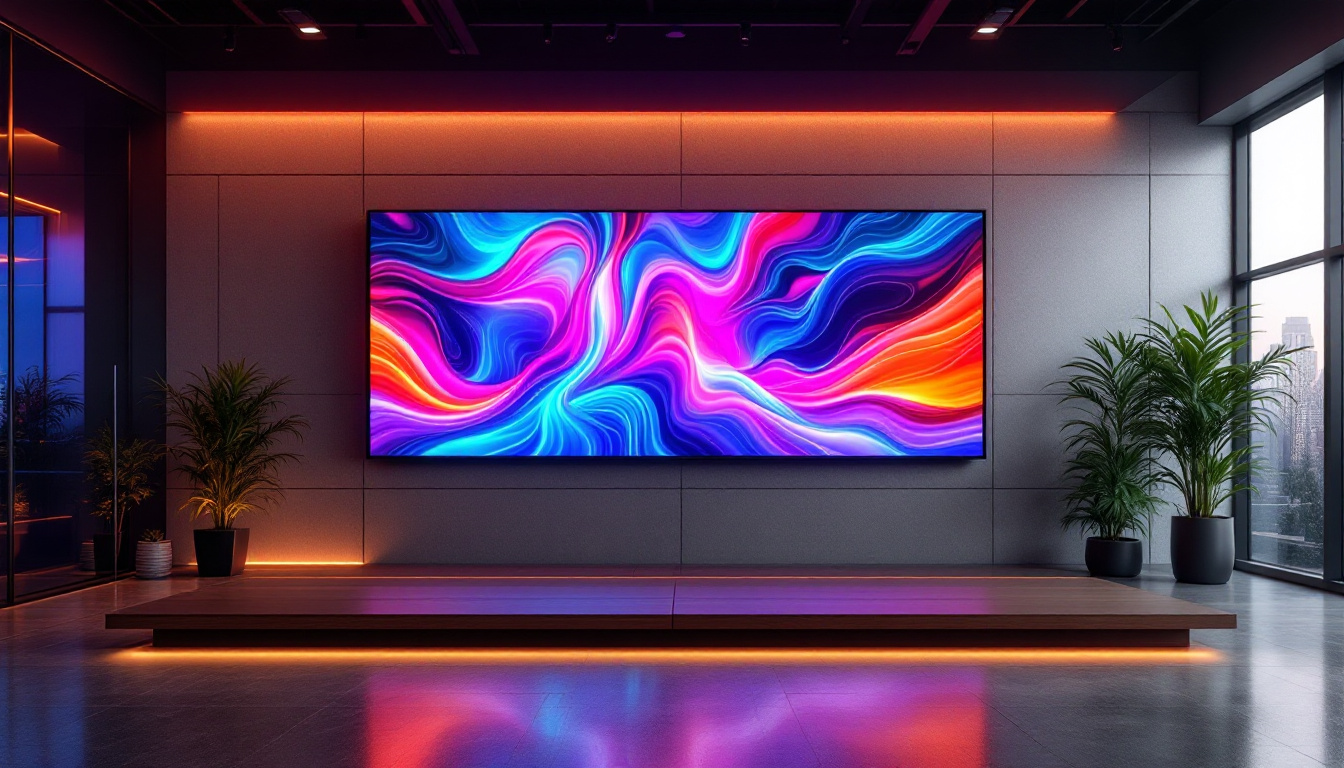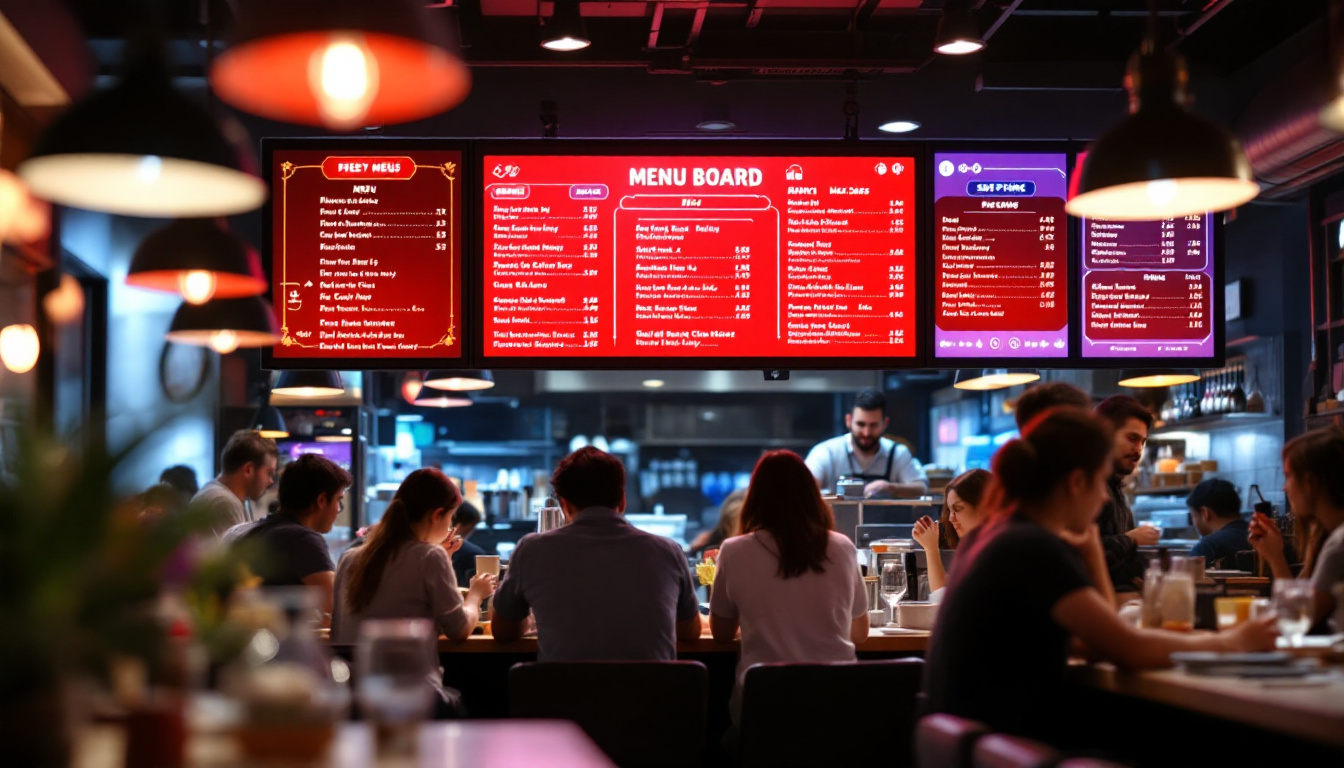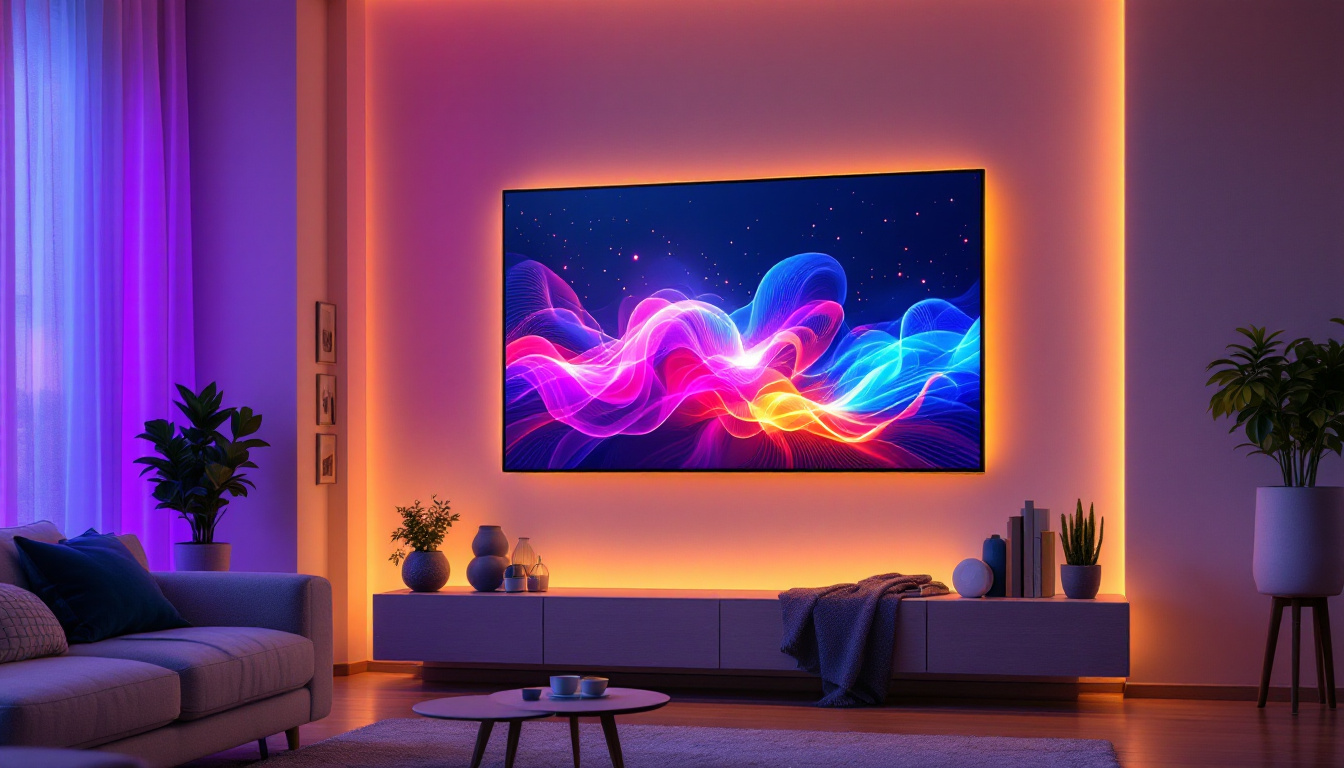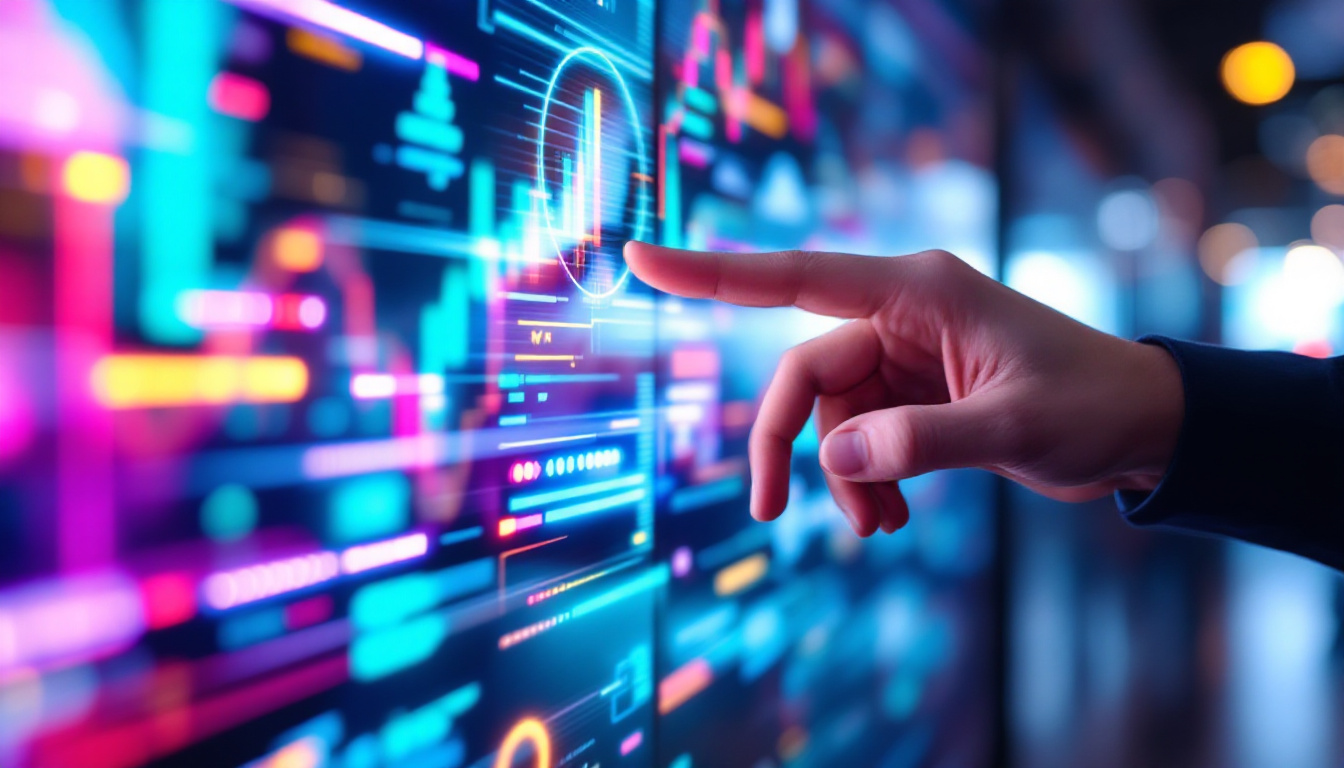In the realm of modern technology, LED displays have emerged as a transformative force, reshaping how information is conveyed in various environments. From advertising to entertainment venues, the versatility and visual appeal of LED walls have made them a popular choice for businesses and organizations alike. This article delves into the intricacies of LED displays, exploring their functionality, benefits, and applications.
Understanding LED Technology
Light Emitting Diodes (LEDs) are semiconductor devices that emit light when an electric current passes through them. The technology behind LEDs has evolved significantly since their inception, leading to the development of high-quality displays that can be used in a variety of settings. Understanding the fundamentals of LED technology is essential for appreciating the capabilities of LED displays.
The Basics of LED Functionality
At its core, an LED display consists of numerous tiny LEDs arranged in a grid format. Each LED can emit different colors, allowing for the creation of vibrant images and videos. The combination of red, green, and blue (RGB) LEDs can produce a wide spectrum of colors, enabling the display to render detailed graphics and text.
The brightness of LED displays is another significant advantage. Unlike traditional displays, which may struggle in bright environments, LED technology provides superior visibility, making it ideal for outdoor use. This brightness is achieved through the use of powerful LEDs that can produce high levels of lumens per square meter. Additionally, the longevity of LEDs is remarkable; they can last tens of thousands of hours, making them a cost-effective solution over time. This durability not only reduces maintenance costs but also minimizes the environmental impact associated with frequent replacements.
Types of LED Displays
LED displays come in various forms, each tailored to specific applications. The most common types include:
- Direct View LED: These displays are composed of individual LED modules that create a seamless image. They are often used for large-scale installations, such as billboards and stadium screens.
- LED Video Walls: Typically found in control rooms or broadcasting studios, these walls consist of multiple LED panels that work together to display a cohesive image or video.
- Transparent LED Displays: These innovative displays allow light to pass through, making them ideal for retail environments where visibility of products behind the screen is essential.
Another exciting type of LED display is the flexible LED screen, which can be bent and shaped to fit unconventional spaces. This adaptability opens up new possibilities for creative installations, allowing designers to incorporate technology into architecture in ways that were previously unimaginable. Furthermore, advancements in LED technology have led to the development of organic LEDs (OLEDs), which offer even greater contrast ratios and color accuracy. OLED displays are increasingly being used in high-end televisions and smartphones, showcasing the versatility and evolving nature of LED technology in our daily lives.
The Advantages of LED Displays
LED displays offer numerous advantages over traditional display technologies. Their unique characteristics make them suitable for a wide range of applications, enhancing both functionality and aesthetic appeal.
Energy Efficiency
One of the most significant benefits of LED technology is its energy efficiency. Compared to conventional display technologies like LCD or plasma, LED displays consume significantly less power. This not only reduces operational costs but also minimizes the environmental impact, making LED displays a more sustainable choice. Furthermore, the lower energy consumption translates into reduced heat generation, which can lead to lower cooling costs in environments where multiple displays are used, such as control rooms or large venues.
Longevity and Durability
LED displays are known for their longevity. With a lifespan that can exceed 100,000 hours, they require less frequent replacement than traditional displays. Additionally, LEDs are more resistant to shock and vibration, making them suitable for high-traffic areas and outdoor environments. This durability is particularly advantageous for businesses that rely on continuous operation, as it minimizes downtime and maintenance efforts. Moreover, the robust nature of LED technology allows for a wider range of installation options, including curved or flexible displays that can fit unique architectural designs.
High-Quality Visuals
The visual quality of LED displays is another compelling advantage. They offer high contrast ratios, vibrant colors, and excellent refresh rates, resulting in stunning images and videos. This quality is particularly important for applications such as advertising, where capturing the audience’s attention is paramount. Additionally, LED displays can achieve deeper blacks and brighter whites, enhancing the overall viewing experience. The ability to display dynamic content with smooth transitions also makes them ideal for live events, concerts, and sports broadcasts, where real-time updates and vibrant visuals are crucial for audience engagement. With advancements in technology, LED displays can now also support 4K and even 8K resolutions, pushing the boundaries of visual fidelity and providing an immersive experience for viewers.
Applications of LED Displays
The versatility of LED displays allows them to be utilized in various sectors, each benefiting from the unique features these displays offer. From commercial use to artistic installations, LED technology has found its place in numerous applications.
Advertising and Marketing
In the advertising industry, LED displays have revolutionized how brands communicate with consumers. Dynamic content can be easily updated, allowing businesses to tailor their messages to specific audiences or events. This flexibility enhances engagement and drives foot traffic to physical locations.
Moreover, the eye-catching nature of LED displays makes them ideal for outdoor advertising. Billboards equipped with LED technology can display vibrant animations and videos, capturing the attention of passersby and creating memorable brand experiences.
Entertainment and Events
LED displays are a staple in the entertainment industry, commonly used in concerts, festivals, and sporting events. Large-scale LED screens can display live feeds, graphics, and animations, enhancing the overall experience for attendees. The ability to create immersive environments through LED technology has transformed how events are produced.
Additionally, LED walls are increasingly used in theaters and cinemas to create stunning visual effects, allowing for more creative storytelling and audience engagement.
Corporate and Educational Use
In corporate settings, LED displays are utilized for presentations, meetings, and conferences. Their ability to display high-quality visuals makes them an effective tool for conveying information clearly and engagingly. Furthermore, many educational institutions have adopted LED technology for classrooms and auditoriums, enhancing the learning experience through interactive displays.
Installation and Maintenance Considerations
While the benefits of LED displays are clear, proper installation and maintenance are crucial to ensure optimal performance. Understanding these aspects can help organizations maximize their investment in LED technology.
Installation Best Practices
Installing an LED display requires careful planning and consideration. Factors such as location, viewing distance, and environmental conditions must be taken into account. Proper mounting and calibration are essential to achieve the best visual results.
Engaging experienced professionals for installation can prevent common pitfalls, ensuring that the display functions correctly and meets the intended design specifications. Additionally, regular assessments of the installation site can help identify any necessary adjustments over time.
Maintenance and Care
Maintaining an LED display is relatively straightforward, but it does require regular attention. Routine cleaning is essential to prevent dust and debris from accumulating on the surface, which can impact visibility. Most manufacturers provide guidelines for cleaning and maintenance, which should be followed to preserve the display’s longevity.
Furthermore, monitoring the performance of the LEDs is crucial. Any signs of malfunction, such as flickering or color inconsistencies, should be addressed promptly to avoid further damage. Establishing a maintenance schedule can help ensure the display remains in optimal condition.
The Future of LED Displays
As technology continues to advance, the future of LED displays looks promising. Innovations in design, functionality, and interactivity are paving the way for even more versatile applications.
Emerging Technologies
One of the most exciting developments in LED technology is the integration of smart features. The rise of the Internet of Things (IoT) has led to the creation of LED displays that can connect to the internet, enabling real-time updates and data-driven content. This capability allows businesses to tailor their messaging based on factors such as weather, audience demographics, and current events.
Additionally, advancements in flexible LED technology are opening new avenues for creative display solutions. Flexible LED panels can be shaped and curved to fit unconventional spaces, allowing for unique installations that were previously unattainable.
Sustainability Initiatives
As environmental concerns become increasingly important, the LED industry is also focusing on sustainability. Many manufacturers are exploring eco-friendly materials and production processes to reduce the environmental impact of LED displays. This shift not only benefits the planet but also appeals to consumers who prioritize sustainability in their purchasing decisions.
Conclusion
LED displays have undoubtedly transformed the landscape of visual communication. Their energy efficiency, durability, and high-quality visuals make them an attractive option for various applications, from advertising to entertainment. As technology continues to evolve, the future of LED displays promises even greater innovations that will further enhance their functionality and appeal.
Understanding the intricacies of LED displays is essential for organizations looking to leverage this technology effectively. With proper installation, maintenance, and a keen eye on emerging trends, businesses can maximize their investment in LED displays, creating impactful experiences that resonate with audiences.
In a world where visual communication is paramount, LED displays are not just a trend; they are a vital component of modern technology that will continue to shape the way information is shared and experienced.
Discover LumenMatrix’s Innovative LED Display Solutions
Ready to elevate your visual communication strategy with cutting-edge LED technology? Explore LumenMatrix’s comprehensive range of LED display modules, designed to captivate your audience and amplify your message. Whether you need an Indoor LED Wall Display for your corporate headquarters, an Outdoor LED Wall Display for high-impact advertising, or any of our specialized solutions like Vehicle LED Displays, LED Sports Displays, or Custom LED Displays, LumenMatrix has the expertise to bring your vision to life. Experience the future of digital signage and create unforgettable visual experiences with LumenMatrix. Check out LumenMatrix LED Display Solutions today and see the difference innovation can make.

